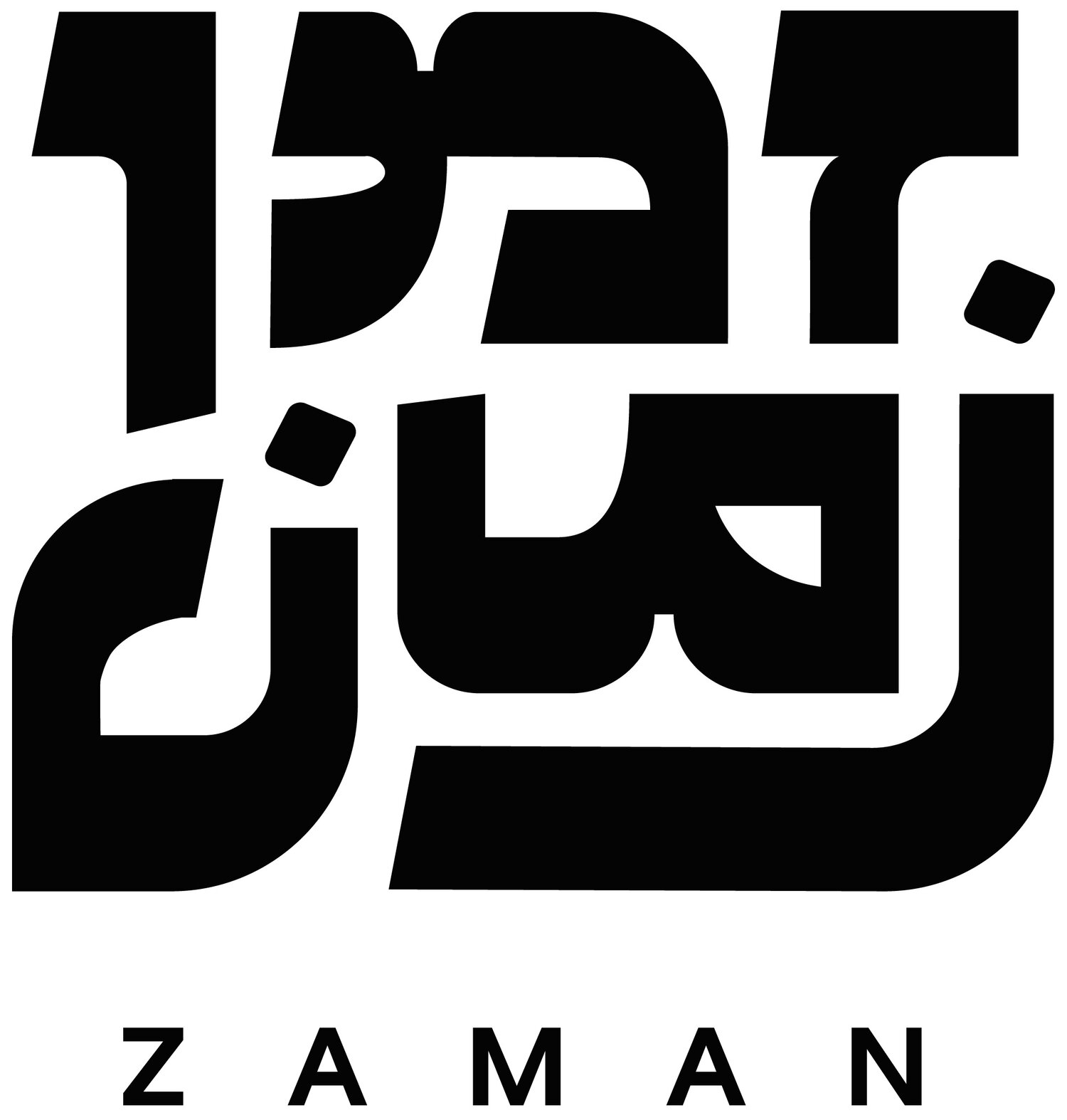Beyond the Line
Page from Funzine, 2018
Shany Dvora’s graphic works articulate the inevitable fragmenting and deterioration of language and visual culture across generations, yet also constitute an attempt to keep them alive nonetheless. Dark eyes and placid faces peer out from behind languidly spliced calligraphic forms, exuding a sense of determination to continue seeing and being seen, to continue speaking and being spoken.
Her research leads her to reappropriate imagery used in the traditional crafts (calligraphy, embroidery, jewelry, masonry) of the Jewish communities of Iran, Iraq and the Levant. In doing so, she seeks to pose an aesthetic challenge to the myth that the heritage of Israeli Mizrahim is fundamentally culturally distinct or isolated from that of Palestinians.
Shany Abdallah Naji, 2019
Shany Abdallah Naji is a series of graphic works attempting to revive the name-giving practice once employed in the artist’s family. This tradition, which broke upon the family’s arrival to Israel from Iraq, consists of adding patronymics extending back two generations to the name of a newborn.
Shany discovered this after finding her family's immigration papers, causing her to notice how names can encompass massive shifts in tradition and cultural belonging, and to question how her own name fits into her family’s ancestry. Here, she “renames” herself by reincorporating the names of her Iraqi and Iranian ancestors, referencing medieval Hebrew calligraphic manuscripts from Yemen, Iraq, and Morocco.
Menorah, 2018
Designed for the exhibition Lahan Amami (curated by the Shenkar Design Archive), Shany puts forward a reinterpretation of the symbol of the state of Israel: the seven-branched Menorah. The original symbol, designed by the Shamir brothers, is heavily influenced by the depiction of the Menorah on the Titus Gate in Rome— a firm, sturdy, and rough stone carving. But in this iteration, the Menorah takes a much more fragile, almost clothlike shape. By leaving the branches disjointed at the base, the artist points to the fundamentally disjointed nature of a nation when othering is used as a weapon amid a sea of cultural diversity.
Gog and Magog, 2020
In this series of graphic sketches, Shany uses the prophetic biblical figures of Gog and Magog as symbols for political unrest and instability. Crooked, archaic figures struggle with each other in repetitive loops as trees snap at invented seams, lending the project an air of absurdist comedy, uncanniness, and unease.











